11 vacuuming mistakes to avoid

There's nothing more satisfying than having a clean and tidy home, and vacuuming is a sure-fire way to achieve this. The carpets can be rid of dust and debris; upholstery cleared of crumbs, and ceilings given the once-over for cobwebs. However, to achieve all of the above requires physical effort on your part while also avoiding some of the most common vacuuming mistakes.
Owning the best vacuum cleaner won't guarantee you'll avoid these vacuuming pitfalls. Even if you're confident that you know how to vacuum, for the best results you need to know how to use your vacuum cleaner correctly.
Below we reveal the 11 vacuuming mistakes to avoid – which will not only help you break any bad habits, but also to dodge any long-term damage to the vacuum cleaner.
1. Vacuuming too fast
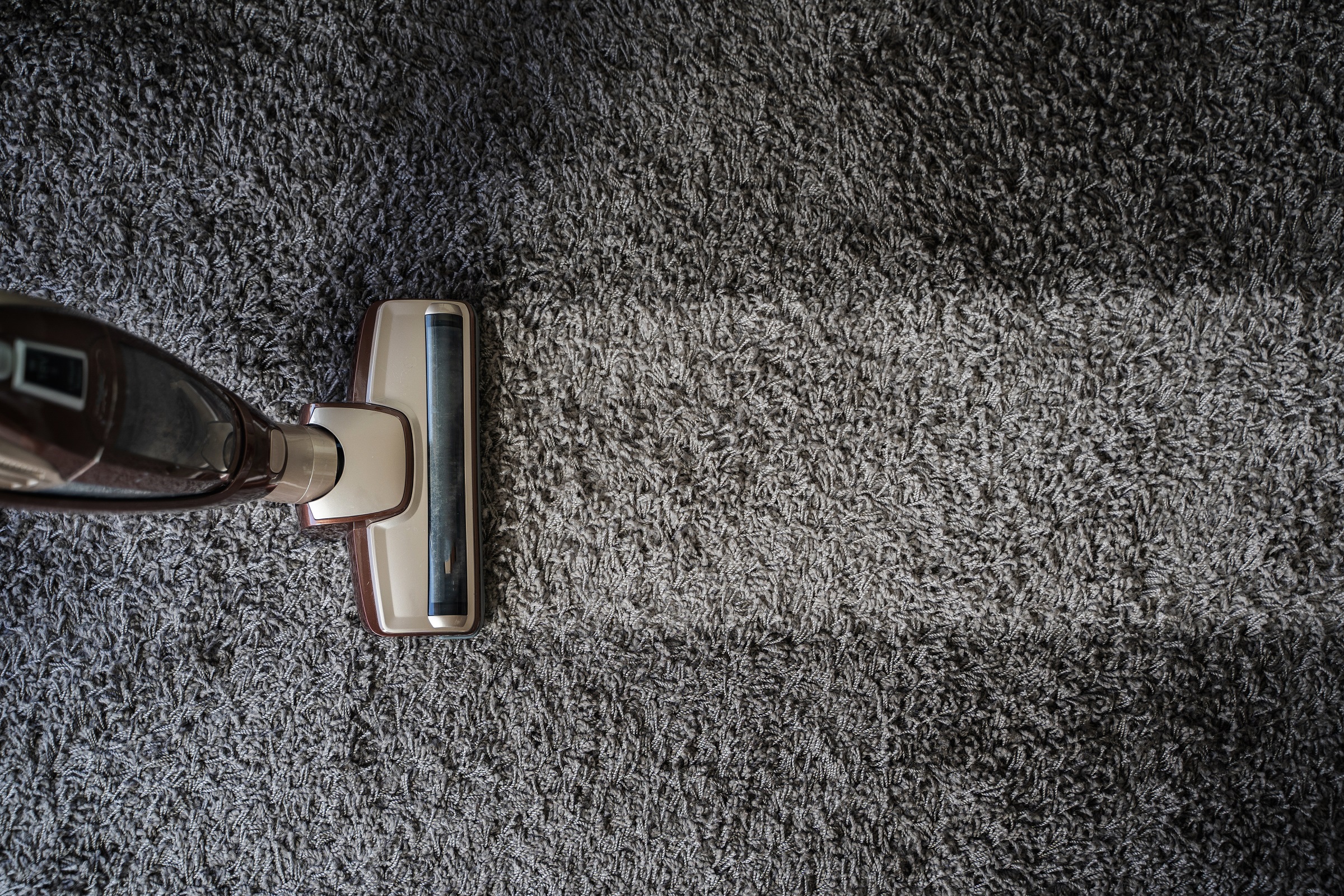
I'm fully aware that most will want to whizz around their home with a vacuum cleaner as quickly as possible, owing to other life commitments, but rushing this chore won't deliver a super-clean home. No matter the power of your vacuum cleaner, it will struggle to pick up all that it needs to with a quick pass.
And if you've been vacuuming around obstacles – rather than removing them – to "save" time, then please just stop.
A slower, more considered clean of the surfaces around your home will achieve better results. If you're vacuuming the floor, first clear the area of any toys, clothes or other items that lay in ambush, directing the vacuum backwards and forwards over the area before creating a new lane. For those surfaces where you'll need to use an attachment, ensure it's clear of items you don't want to vacuum, select the lower power setting, and move slowly over the area.
2. Vacuuming things you're not supposed to

The sole purpose of a vacuum cleaner is to lift dust and debris – and if you consider the size of a dust particle, then you'll quickly appreciate that your vacuum cleaner isn't designed to clear bigger debris. If the vacuum cleaner sucks up anything it isn't designed to, it could cause irreparable damage – and since this will have been user error, you won't be covered by the warranty.
Sign up for breaking news, reviews, opinion, top tech deals, and more.
The most common culprits – which should actually be removed or binned before you start to vacuum – are hair clips, paperclips, earrings and buttons. You may also find the odd sock, which will just become wrapped around the brush bars of a cordless vacuum.
Loss of such items is one thing, but the greater issue is that such items could scratch the inside of the vacuum, become wedged in the floorhead, or become trapped in the wand / hose. As such, clear the area you want to clean and then vacuum slowly.
3. Not thinking about furniture

Many small objects that can cause damage to your cleaner are likely to be lurking under furniture. To get a vac to reach under furniture is helpful, but to actually be able to see what you're vacuuming under a bed, couch or wardrobe is just as important.
Shark – and, more recently, Hoover – delivers tech such as Powered Lift-Away in its models, which converts the upright vacuum into a more portable vacuum cleaner to make it easier to clean under furniture. In its cordless stick vacuum cleaners, Shark offers Flexology tech, which is essentially a bendy bit of hose that folds as you push the floorhead back and forth to also improve reach under furniture.
In addition, to get a better view of the area you're cleaning, the floorheads of most vacuum cleaners (not all) feature LEDs, to make it easier for you to actually see the immediate area in front of the floorhead before you glide the vacuum cleaner over it.
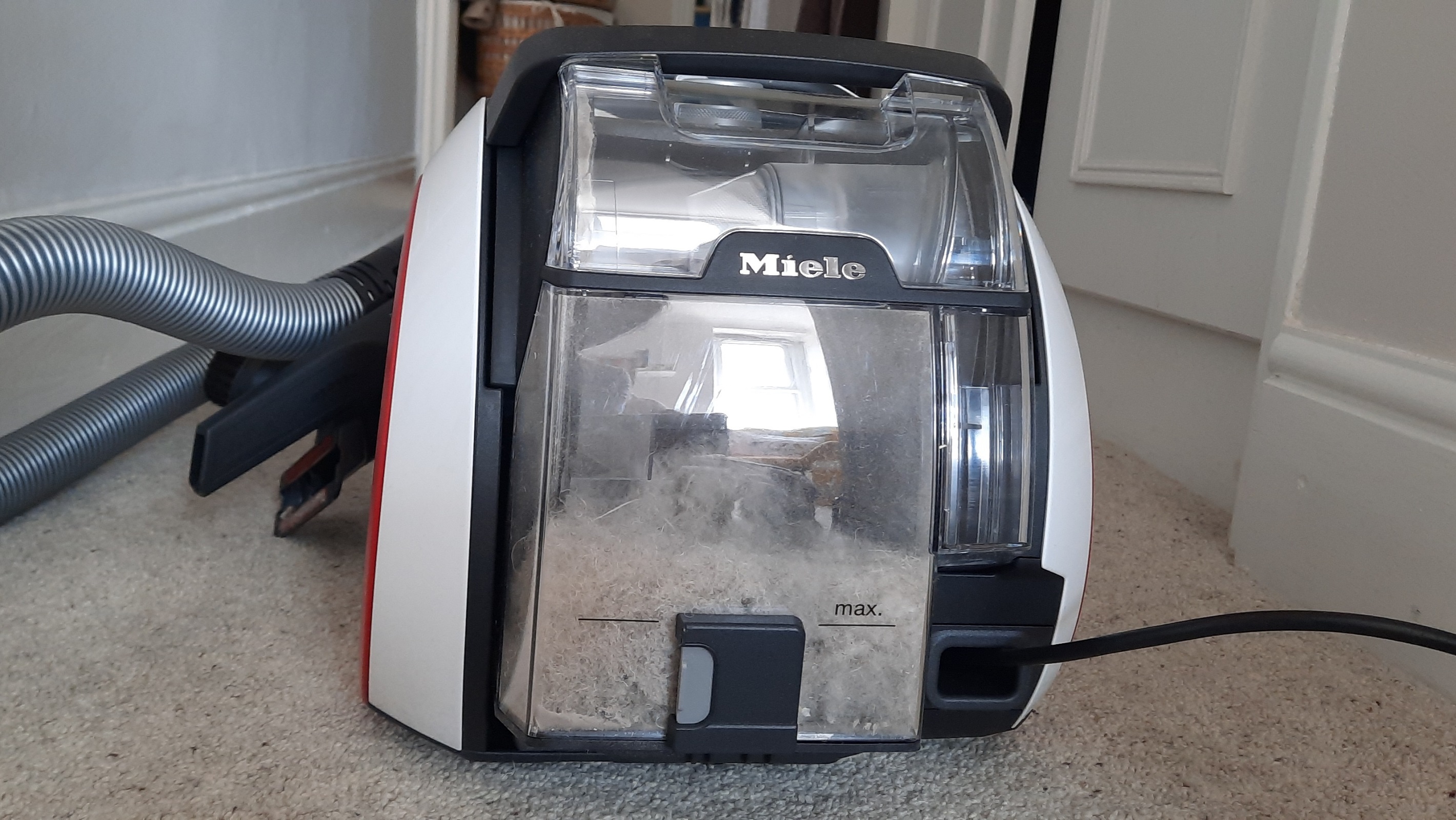
4. Not cleaning the filters or emptying the bin regularly
This isn't a particularly pleasant job, but it's essential to get the most out of the time you spend vacuum cleaning. In truth, it's probably something that most of us don't do often enough; but I can't stress how important it is to maintain your vacuum so that it can deliver tip-top performance.
Filters can become full and heavy with dust, which, in time, will see more of the nasties you're attempting to clean be released back into the atmosphere – allergy sufferers, beware. In addition, the bag or canister will reach a point they're so full, they simply can't hold onto the dust and debris you've just removed and will start to spit it out again.
The simple solution? Wash filters regularly, throw away the bag when you see it's full, or empty the bin at regular intervals (after each clean is best). This will help to prolong the life of your vacuum cleaner, and avoid you having to go over surfaces over and again.
5. Forgetting to charge your cordless vacuum after every use
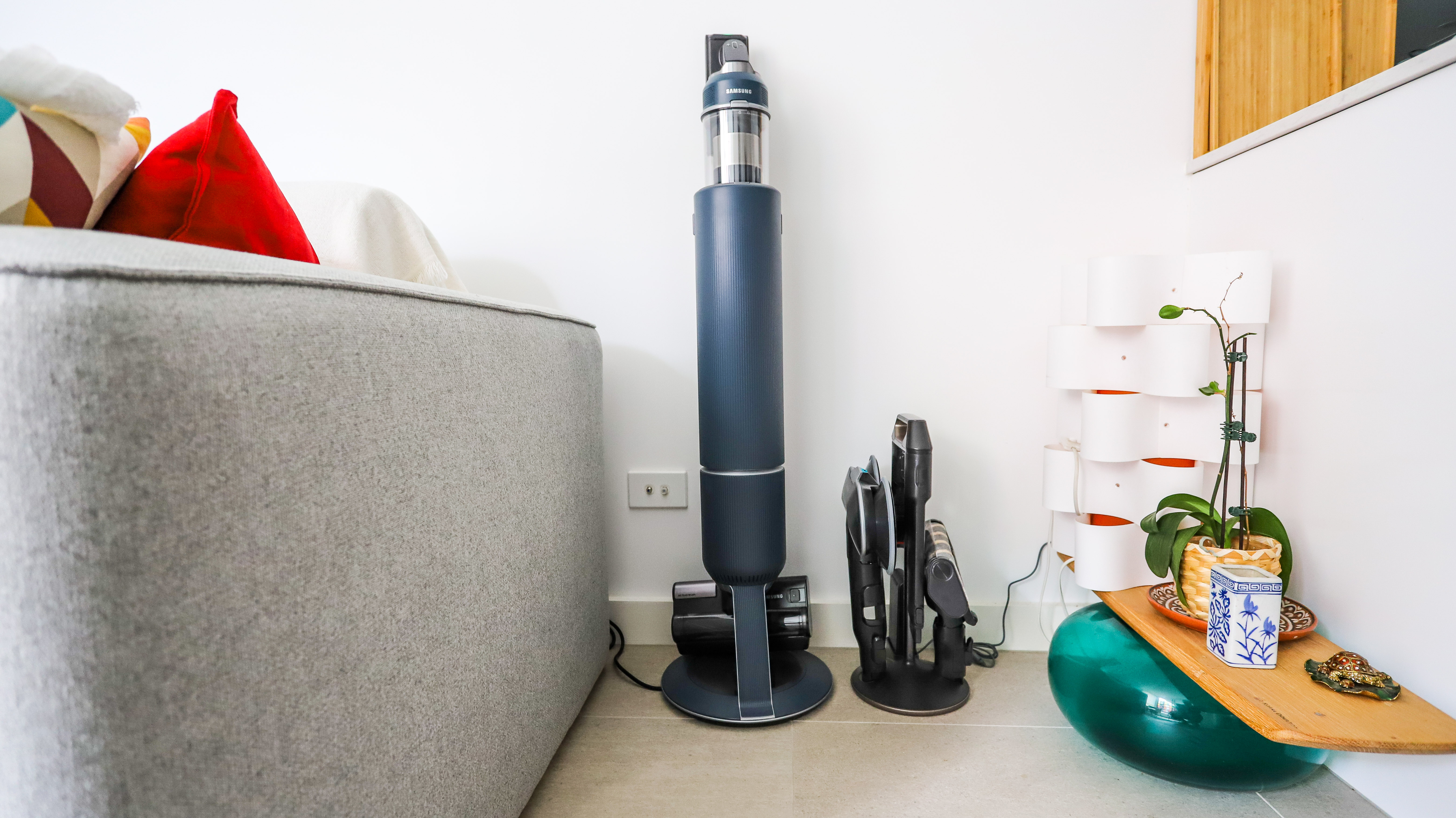
I do love a cordless vacuum, and my main vacuum is the Dyson Outsize, of which can't speak highly enough. However, when I've made the decision to clean, there's nothing more annoying than to discover that there's limited time left on the battery or, indeed, the battery has depleted entirely.
The battery life offered by cordless vacuums generally isn't great, especially if you like to use your cleaner on the Max setting. And I've also found that even in those instances a separate, additional battery is supplied, I'm still caught out with a dead battery.
All cordless vacuum cleaners come with a charging cable and dock, so you just need to remember to plug it in. And if you simply place your vacuum back into the charging dock once you've completed a clean, then you'll be tackling two issues at once: a dead battery and potentially having to find storage space for your cleaner. But if your vac is anything like the Samsung Bespoke Jet (above) then everything comes fully assembled, so there's really no excuse not to keep it fully charged.
6. Using too much power
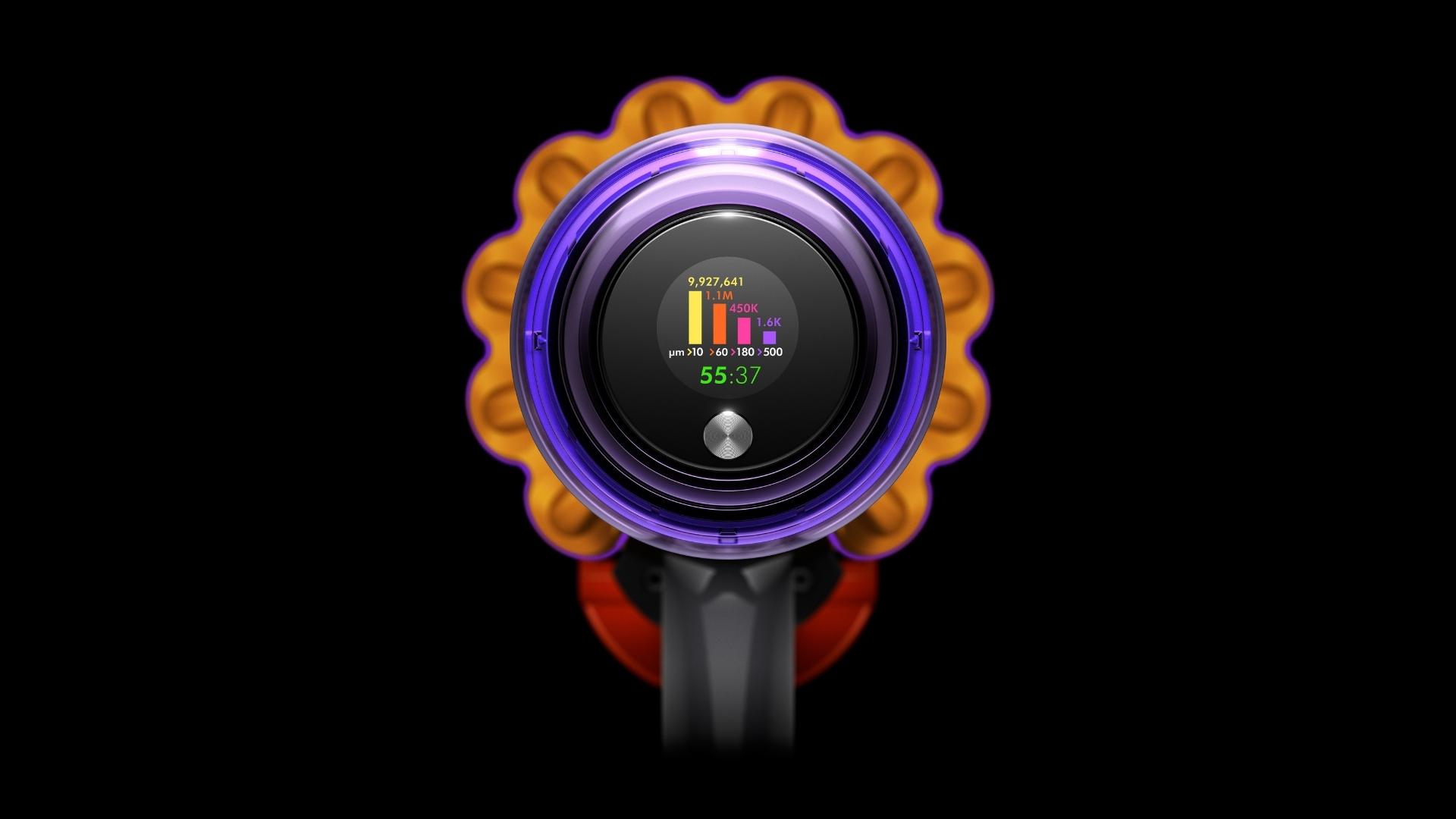
Note that increased power doesn't always make for better performance. When you're vacuuming hard floors, for example, any dust and debris will be laying on the surface of the floor, and it can be easily swept up using your vacuum's lowest power setting. In fact, you may even find that rag rugs and other light rugs will become trapped in the brush bars if the power setting is too high. My advice? Use the highest power level wisely.
Of course, not all vacuum cleaners come with more than one power level, and if they do, then the suction power at each level will differ from one cleaner to the next. If you've had your vacuum cleaner for some time then you'll know what it is capable of, but if it's new then try the lower setting to see how you get on. Dropping down a power level or two will save on the battery life, so it's worth a try.
7. Forgetting to switch between settings
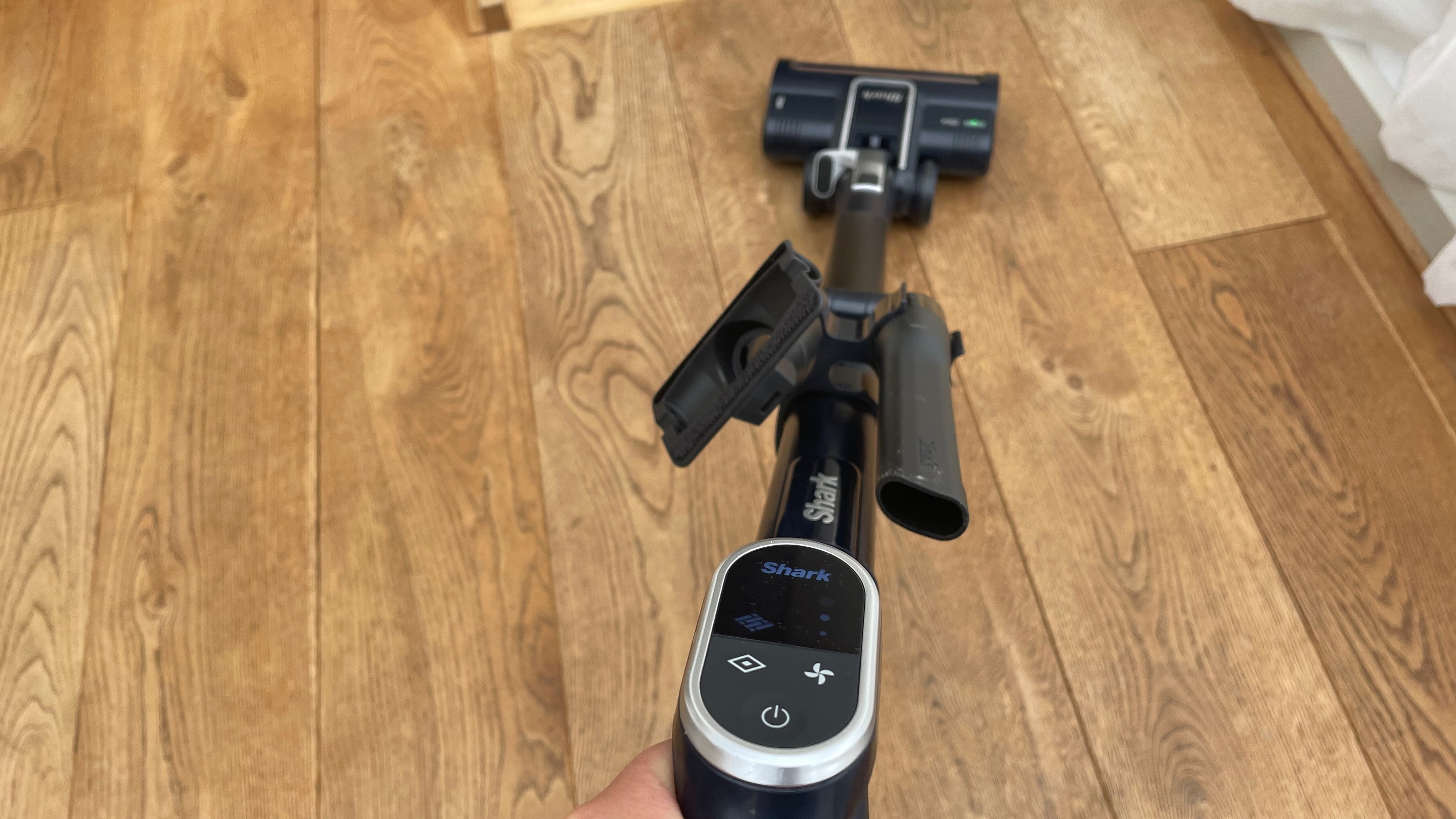
No matter how tempting it is to stick to a single setting for ease, I'd recommend using the appropriate setting your vacuum cleaner offers for the type of surface you're cleaning. Switching between various levels will ensure you're using the correct level of suction and power for the task at hand. If you're using the hard floor setting on carpet, for example, the suction won't be sufficient to achieve a deep clean of the pile.
On some vacuum cleaners, you'll need to manually raise or lower the bristles and felt pads on the floorhead, depending on the floor type you're tackling. The brushes will need to be raised for vacuuming hard floor to prevent any damage, while the bristles will need to be set back down for when you're back to cleaning carpet.
8. Trying to vacuum beyond the next room
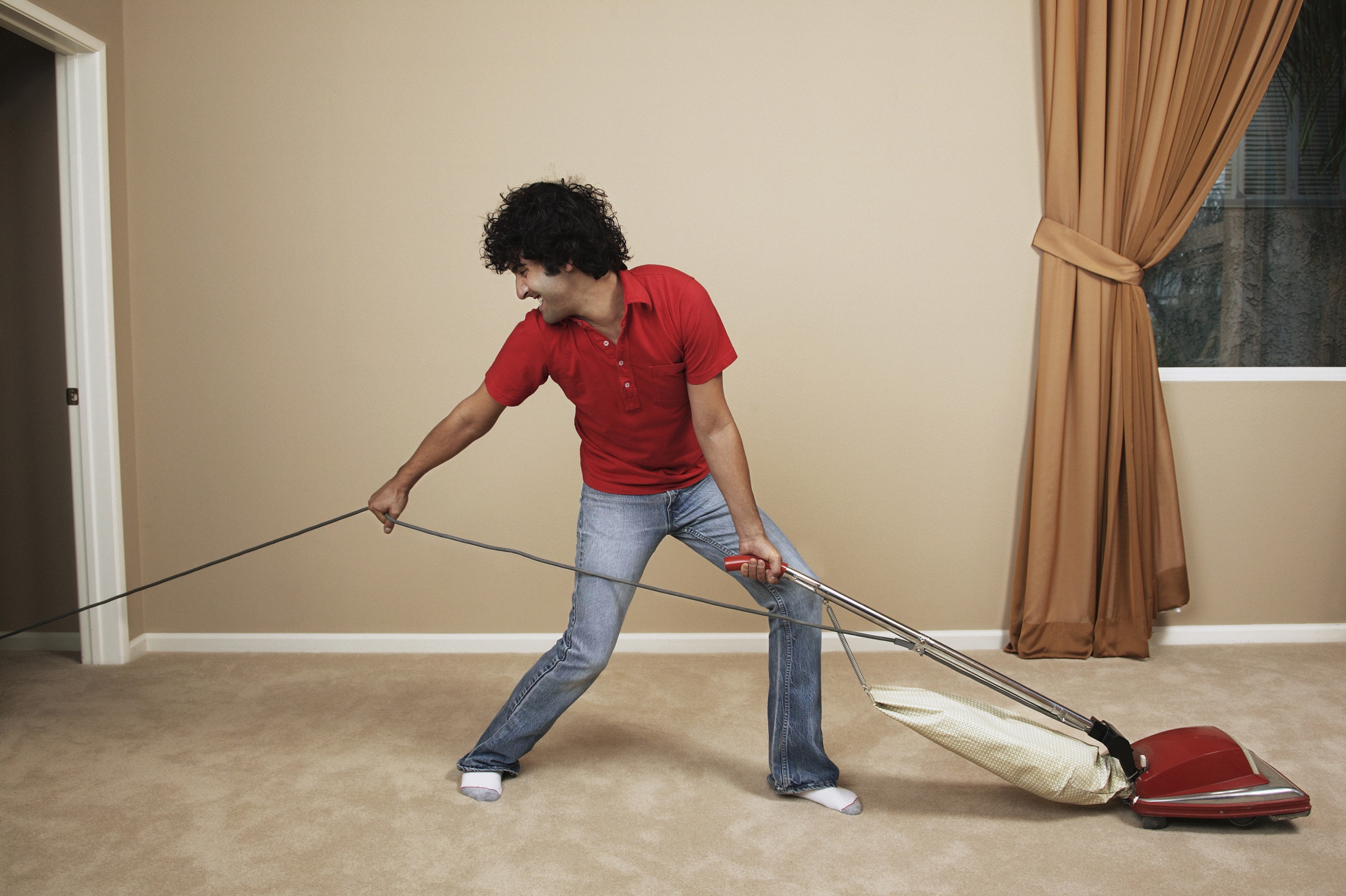
Do you have a mains-powered vacuum cleaner? Fair enough: these are some of the most powerful models available. However, a major drawback of mains-powered vacuum cleaners is that you need to be plugged in to an electrical outlet in order to use it. Like many others, I'm sure, I've often found myself trying to reach into a far corner of a room, stretching myself and the vac, still failing to reach the desired area. This is no good for you, or the vacuum cleaner.
Those with a mains-powered canister vacuum, which has a hose with a floorhead directed at the ground, run the risk of damaging said hose with the above actions. In other cases, the plug can be pulled from the electrical outlet to become wedged around furniture, for example. And that's before we mention that frustration and stress levels could peak, which could see you abort the chore altogether.
The best course of action is to use the plug sockets in the areas you wish to clean. So, if you're cleaning in the lounge, use the power ocket in that room. Once you're done, unplug and move to the next area. That way, you won't be pulling on the power cable or hose, nor getting too worked up yourself.
9. Not using the correct attachments for the job
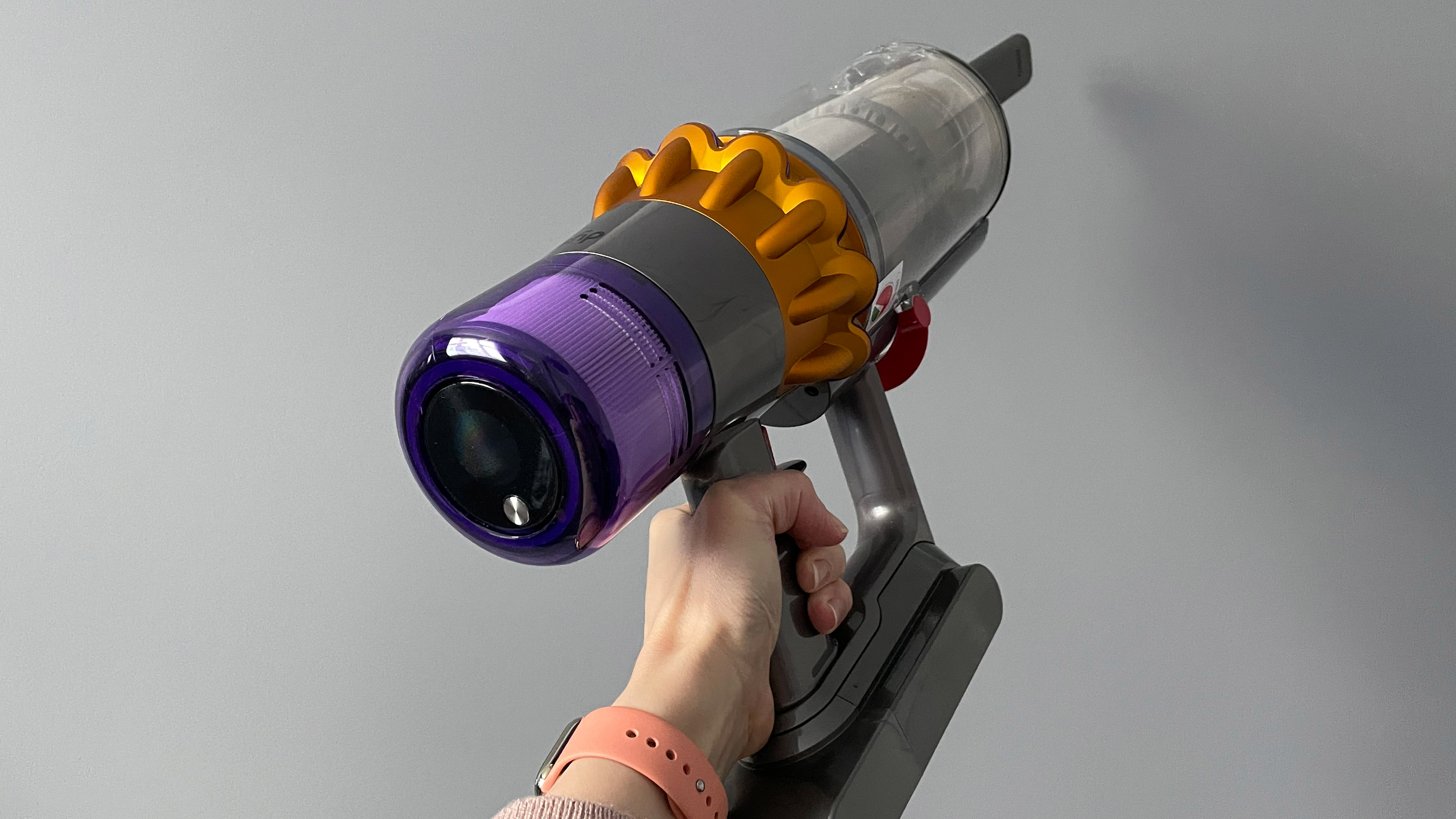
As I've said, a vacuum cleaner can be used for cleaning more than just the floors in your home. Whether you have a canister, upright or stick vacuum, many come with a suite of accessories for cleaning upholstery, skirting and light fixtures. And deploying the incorrect attachment for a particular job will not only see you take more time to tackle a task, but it might mean you don't do as good a job.
For example, the mattress brush won't be helpful for cleaning the stairs and the crevice tool isn't the appropriate tool for delicate light fixtures. My advice would be to check out the user manual and / or try them out for yourself. Used in the correct way, the attachments that accompany your vacuum cleaner can help you to achieve a deeper clean of the home.
10. Cleaning in the wrong order
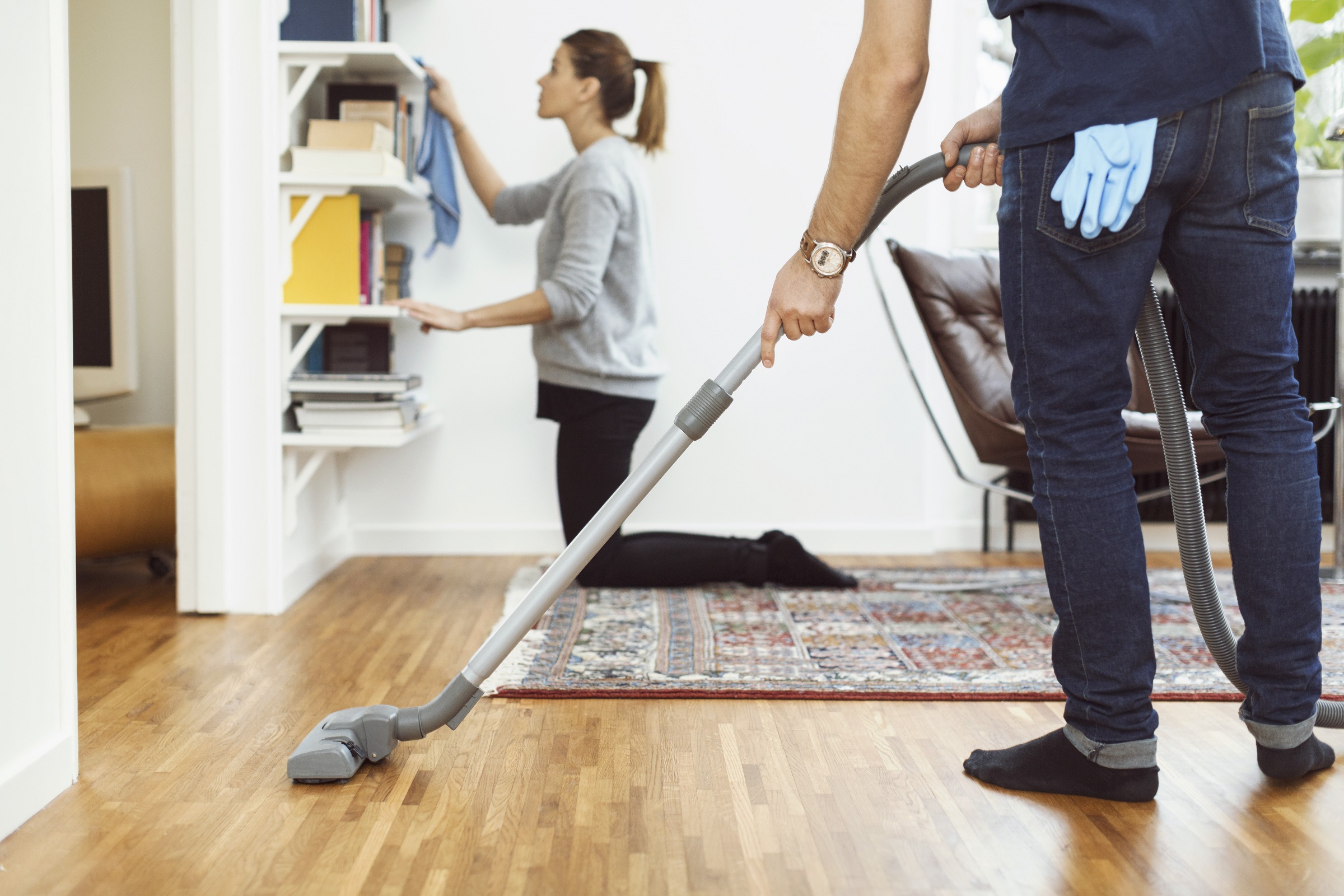
Lifting dust from the floor is what a vacuum cleaner does, but if you choose to dust furniture after you've vacuumed then you're making another mistake. Any dust that's released back into the atmosphere, or any debris that's knocked onto the floor, will sit on the surface of the carpet until you take the vacuum cleaner to it on its next run around.
Dust first, then vacuum. It's a simple change of tact that could save you time and effort.
11. Not having the right vacuum cleaner for your home in the first place
With so many different types of vacuum cleaner on the market, making a choice for your home can be overwhelming. Choosing between a bagged vs bagless vacuum is the first decision to make, and there are 5 things to look out for when buying a Dyson vacuum cleaner (if you're already set on a Dyson).
Ultimately, upright vacuum cleaners are the most powerful type of vac, and best suited to family homes due to the volume of mess and their larger bin capacity, whereas cordless vacuums are better for those looking for a lightweight model and for cleaning inside a car, for example.
Our vacuum cleaner reviews are a quick way to learn whether a specific make / model of a vac is right for you. Even better will be the option to go into a store to try out a vacuum cleaner before you buy. However, no matter the vacuum cleaner you pick up, avoiding the mistakes listed above will ensure you achieve the best and most efficient clean of your home possible.

Jennifer (Jenny) is currently the editor of Top Ten Reviews, but prior to that, she was TechRadar's Homes Editor. She has over a decade of experience as a digital product writer specialising in appliances, smart tech and mattresses for some of the UK's leading retailers and magazine titles such as Real Homes, Ideal Home and Livingetc. Generally, you’ll find her watching the latest Netflix series, digging around in the garden or attempting to make a cake that is edible.